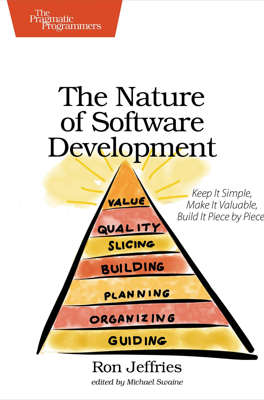Planning Feature by Feature
Embracing Flexible Planning in Software Development
Vision vs. Detail: Initial product visions are often expansive and abstract, standing in stark contrast to the granular, detailed view required for effective daily management and feature development.
Philosophy of Planning: Emphasizing Eisenhower's idea, the chapter states that while detailed plans are moot, the process of planning remains crucial. It advocates for a strategic, forward-looking but adaptable planning method, eschewing rigid timelines for a more fluid, condition-responsive approach.
Prioritization of Features: Critical features must be identified early in the planning phase, separating essential functions from low-value features, which should be shelved indefinitely to avoid inefficiency.
Challenges with Traditional Detailed Plans: Detail-heavy plans are debunked as overly restrictive and often unrealistic, leading to project delays and budget overruns. Instead, setting flexible budgets and deadlines while focusing on delivering high-value features first is recommended.
Incremental and Continuous Planning: Continual reassessment and feature prioritization occur throughout the project lifecycle. Each planning session, ideally at the start of two-week sprints, focuses on small, manageable feature sets, enhancing clarity and control.
Decentralized Decision-Making: The team decides the workload for sprints, leveraging past performance ('Yesterday's Weather') to gauge future output, which boosts commitment and accuracy in planning.
The Perils of Overestimation and Stretch Goals: Overemphasis on estimates can detract from value-focused project management. Stretch goals are particularly criticized for promoting rushed work that compromises quality and sustainability.
Managing Without Estimates: Proficiency in breaking down features to uniform, manageable sizes allows for better project management, focusing on value rather than cost, and steering clear of the common pitfalls of detailed estimation.
Practical Tips: The chapter advocates for regular, short-term planning cycles that adapt to project needs and team capacity, emphasizing the importance of selecting high-value tasks and maintaining a sustainable workload to optimize overall project health and output.
This approach aligns with modern agile practices, which prioritize adaptability, team autonomy, and a relentless focus on delivering user value above strict adherence to predefined plans.
